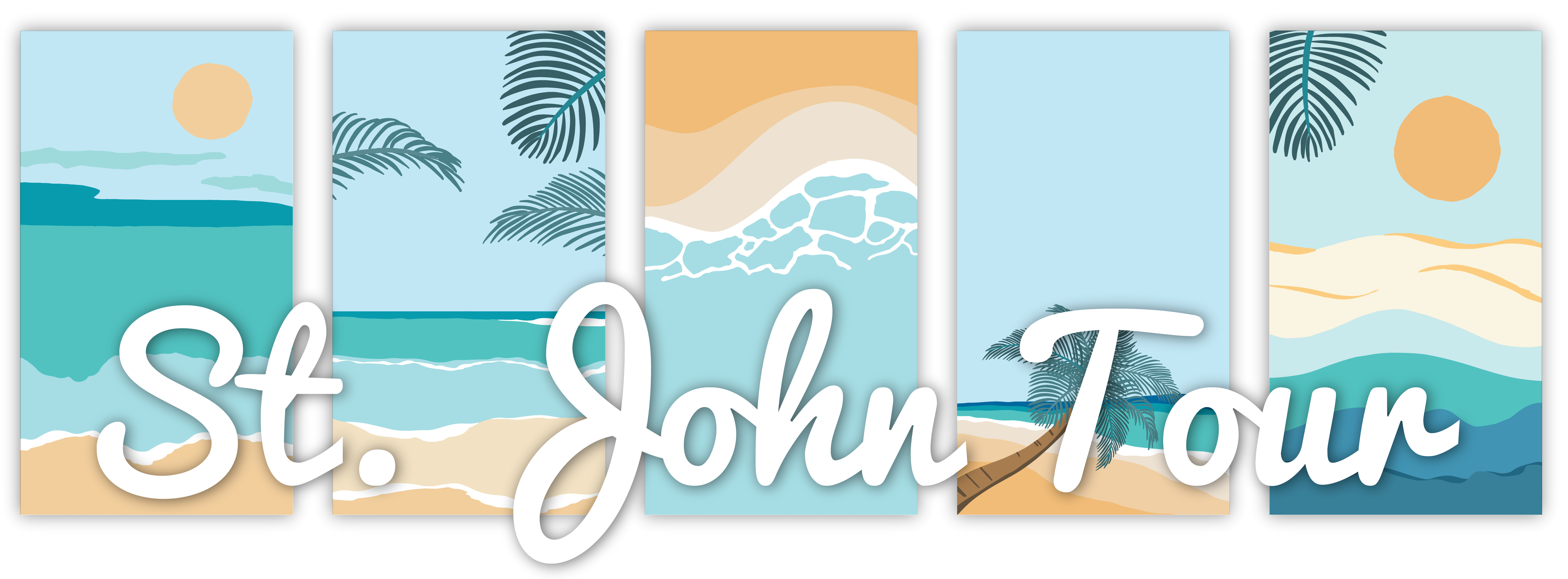Hikers Beware
While hiking around this island there are a few plants which it would be wise to be able to recognize ... and avoid...
The Christmas Bush
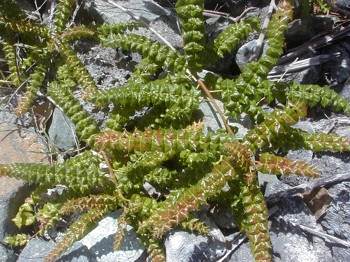
You definitely want to stay away from this one. It can produce a very nasty, itchy rash.
Manchineel Tree
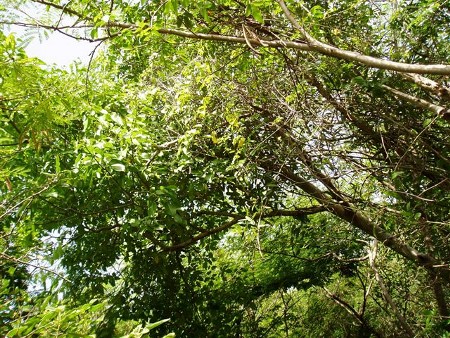
And then there's the tree near the shoreland areas that has a nice looking small yellow fruit: the Manchineel Tree. Its sap and fruit are very toxic. You definitely want to avoid getting the sap on your skin or in your eyes. Temporary blindness is possible with eye contact. The fruit of the Manchineel tree should not be touched or eaten. Usually found near the beach, offering wonderful shade (don't be fooled!) and golden apples, the Manchineel tree is very dangerous! Columbus recorded the first record of its poisonous nature, after his men had died after their encounter with it. One should not picnic under it or handle the broken vegetation. The sap can cause permanent blindness if gotten into the eyes, and severe burns on the skin elsewhere. It is noted that the Saladoid Indians used the poison from the tree on their arrows. The leaves are simple, alternate, and glossy, with pointed tips, rounded base, and smooth or slightly toothed edges. The veins have similar parts arranged on each side with a single conspicuous main vein, which "bleeds" a milky sap in young foliage, if broken. Each tree carries both a male and female flower, usually inconspicuous. The "apples", which are very poisonous, however, are usually plentiful. They are about 1 to 1 ½ inches in diameter and green, turning yellow before dropping, with the odor of apples. Inside is a large pithy pulp with a single large, bumpy, wood-like seed at the center.
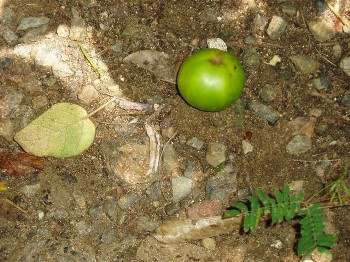
The Manchineel fruit
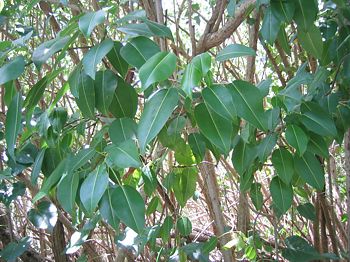
The leaves up close
One might also mention all the various white-sap cactus as the sap is similar to the manchineel, and then there are the Jack Spaniard wasp and the Brown Recluse spider are all desirous to avoid.
